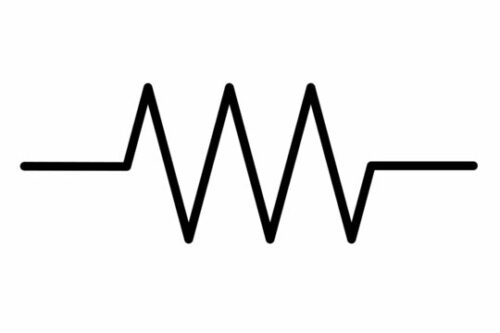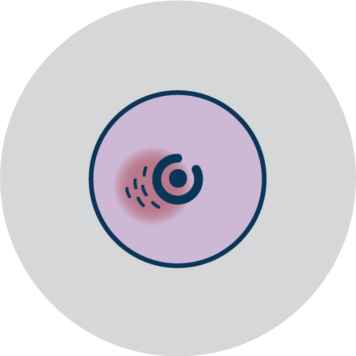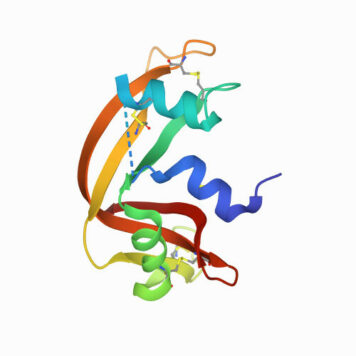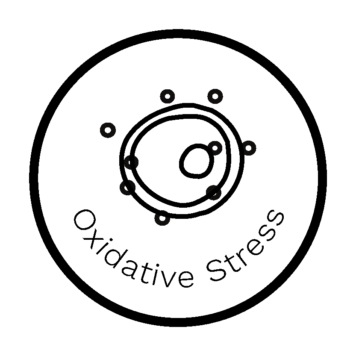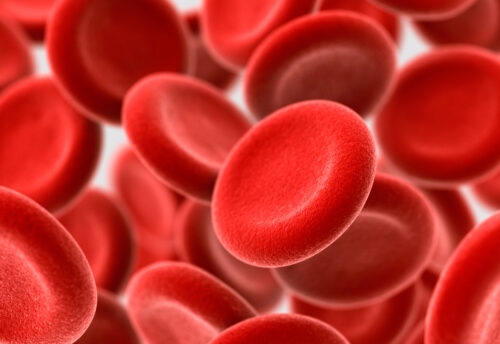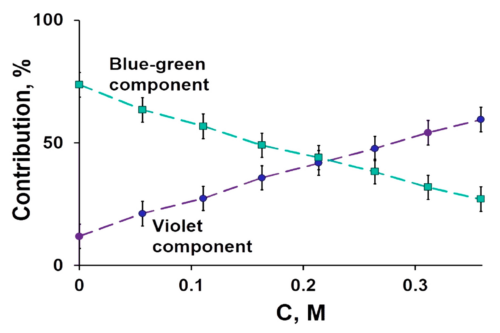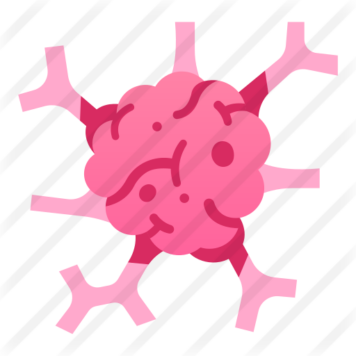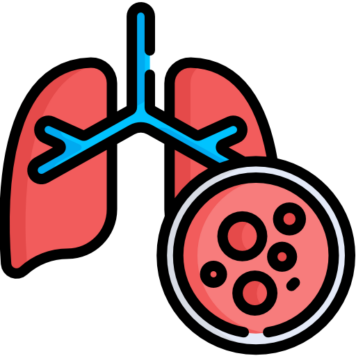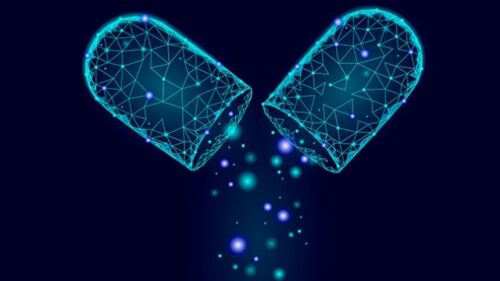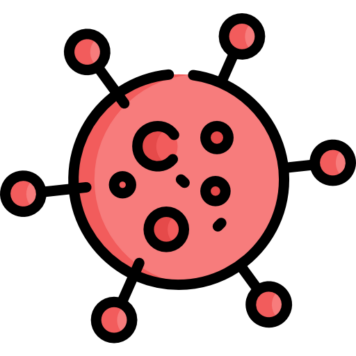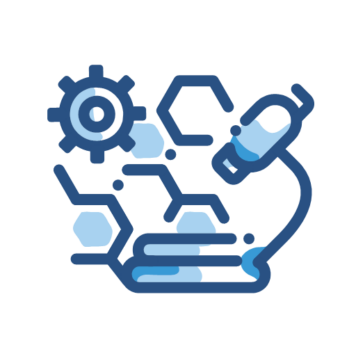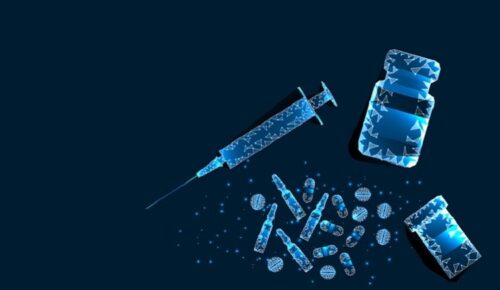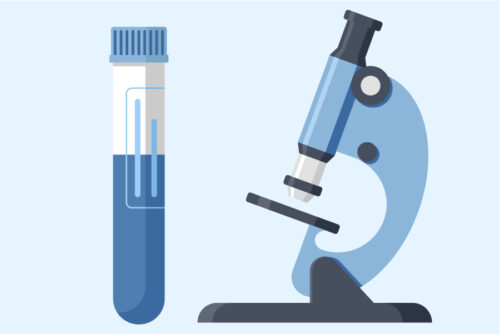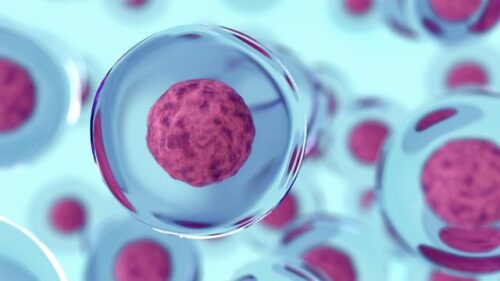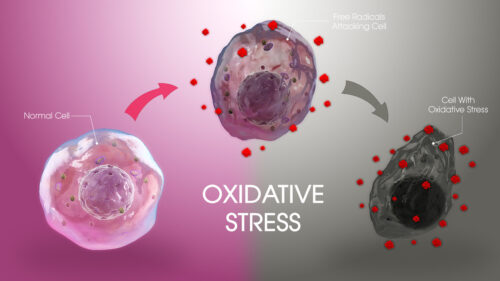This article summarizes the overall issues surrounding cancer for the general audience. Individual differences between patients include genetic and non-genetic differences manifested in various cellular pathways, tumor heterogeneity and variability, differing contribution of tumor microenvironment and potential toward metastasis. Successful treatment of individuals depends on correctly interpreting all these factors and appropriately addressing the actual features by using customized therapy strategies, simultaneously or sequentially. Currently used chemotherapy agents are cytotoxic and typically target one of the major pathways; therefore they have to be applied in combination regimes. Nanomedicines however, have the potential advantage that more than one feature can be built into a complex nanodevice. This yet untapped potential is illustrated on the example of a gadolinium fullerenol cage molecule. Gd@C82(OH)22 has low toxicity, influences several biologic features simultaneously, displays tumoristatic properties, and is effective against triple-negative breast cancer cells. A deeper understanding of the exact relations between the physicochemical characteristics of this system and the biologic events may lead to a new class of efficient anticancer pharmaceutics.
Related researches 41 articles
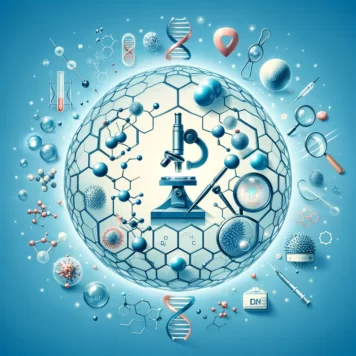
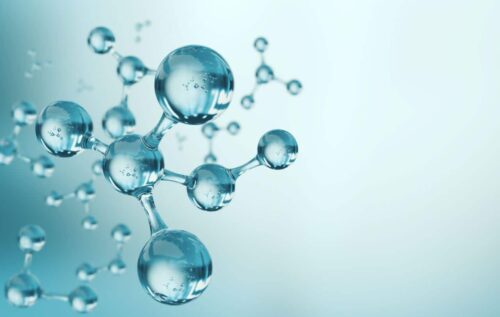
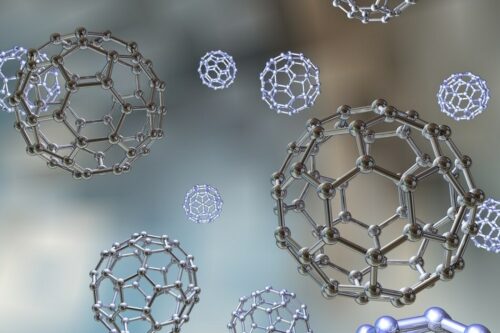
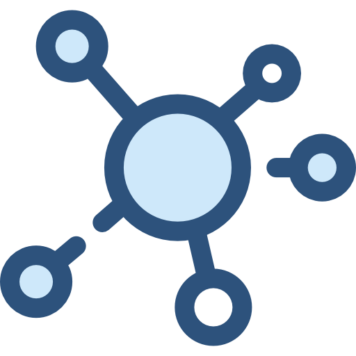
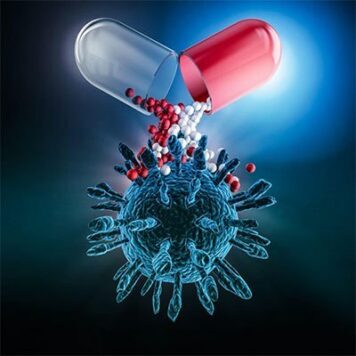
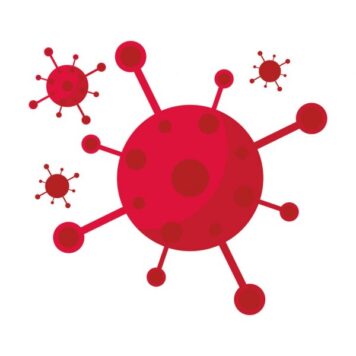
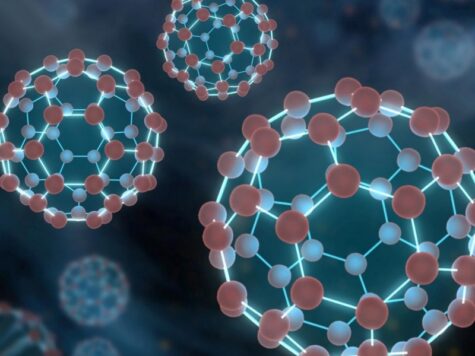


![Biocompatible [60]/[70] Fullerenols: Potent Defense against Oxidative Injury Induced by Reduplicative Chemotherapy](https://biofullerene.com/wp-content/uploads/2022/11/istockphoto-65584859-356x356.jpg)





